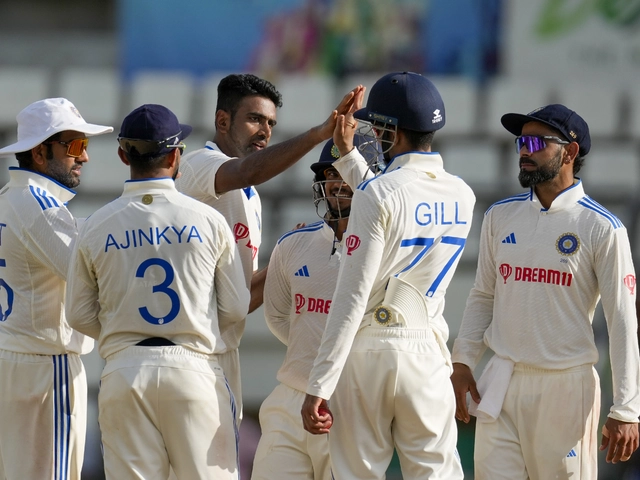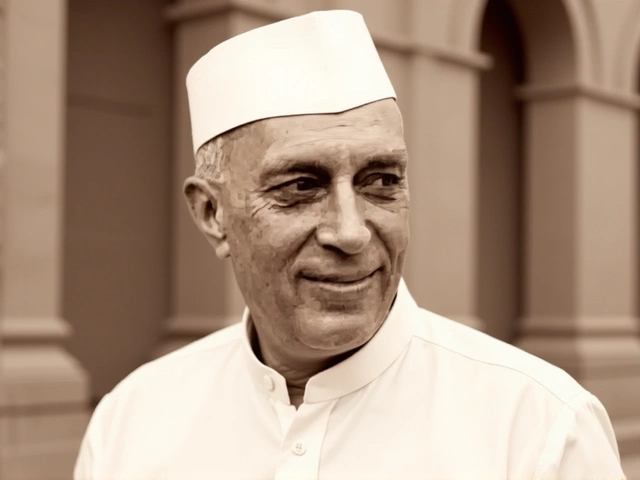Spin Bowling: Mastering the Art of Turning the Ball
When working with spin bowling, a cricket discipline that uses finger or wrist action to make the ball rotate sharply after pitching. Also known as turning the ball, it cricket offers a unique blend of physics and deception. Leg spin, often called the "wizard's art," relies on wrist flicks to generate a clockwise turn for right‑handed bowlers. The central idea is simple: spin bowling encompasses several sub‑styles, each demanding a distinct grip and release.
Beyond leg spin, the family includes off spin, which uses finger rotation to spin the ball away from a right‑handed batsman. Left‑arm orthodox and left‑arm unorthodox (or "chinaman") bowlers add further variety, turning the ball in the opposite direction. These sub‑categories share core attributes—flight, drift, and bounce—but differ in the axis of rotation and the hand used. Understanding these differences helps a bowler choose the right tool for a given situation.
The playing surface plays a huge role, making pitch conditions a critical factor. A dry, cracked wicket offers more grip, allowing the ball to bite and turn sharply, while a green, moist pitch reduces spin potential but adds seam movement. Smart spin bowlers read the surface early, adjusting their line, length, and speed to exploit any rough patches. In essence, spin bowling requires a dynamic relationship with the pitch: the bowler tailors tactics to the prevailing conditions.
Key skills break down into three main attributes: grip, rotation, and flight. The grip determines how much spin can be imparted; a tight, finger‑controlled grip favors off spin, while a looser wrist‑centric grip suits leg spin. Rotation is the actual spin rate—measured in revolutions per minute—and dictates how sharply the ball will turn after landing. Flight involves the trajectory the ball follows in the air; a higher loop can tempt the batsman into a risky shot, while a flatter delivery speeds up the ball and reduces the chance of a catch. Mastery of these attributes lets a bowler manipulate the batsman's timing and decision‑making.
Tactically, spin bowling shines in the middle overs of limited‑overs games and during the later stages of Test matches when the ball is older and the pitch is worn. In the middle overs, a spinner can restrict runs by bowling tight lines and varying speed, forcing the batting side into a defensive posture. In the death overs, a well‑timed slower ball or a subtle change of angle can produce crucial wickets. In Test cricket, a spinner can be the match‑winner on a turning track, extracting bounce and spin that spinners earlier in the innings could not.
History offers plenty of role models: Shane Warne’s legendary leg‑spin turned matches on its head, while Muttiah Muralitharan’s off‑spin baffled batsmen worldwide. Their success stories highlight the importance of relentless practice, constant analysis of opposition batsmen, and an intuitive feel for the pitch. Modern bowlers borrow these lessons, studying video footage, using wearable tech to track spin rate, and experimenting with different ball conditions to stay ahead of the game.
Practical drills are essential. A simple wall‑target drill helps bowlers perfect their release point and spin consistency. Using a set of marked spots on a backyard pitch allows bowlers to practice varying lengths and lines. Fitness work—especially core strength and shoulder mobility—supports the repetitive motion and helps maintain accuracy over long spells. Combining technical drills with match‑scenario practice creates a well‑rounded spin bowler ready for any challenge.
Below you’ll find a curated collection of articles that dive deeper into each of these aspects. Whether you’re curious about the science behind spin, want tips on mastering leg spin or off spin, or are looking for the latest analysis of pitch conditions, the posts below provide actionable insights you can apply on the field right away.

Heather Knight's unbeaten 79 guided England to a four‑wicket win over Bangladesh at the ICC Women's T20 World Cup, highlighting spin mastery and a dramatic DRS saga.




